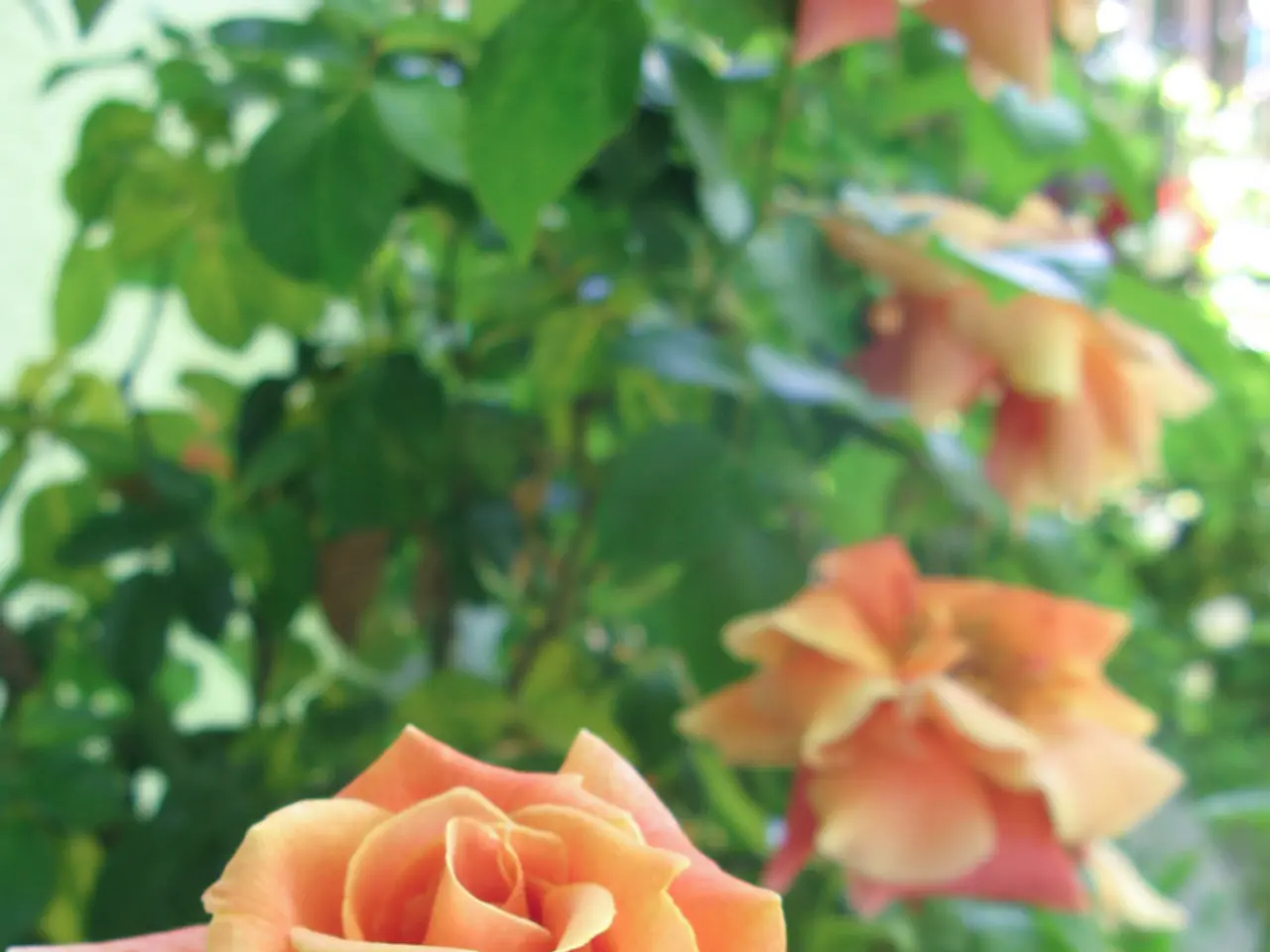Planting Daffodils in Alabama: Ideal Time and Guidelines
In the heart of autumn, as Alabama's leaves begin to change and the air grows crisp, it's time to think about planting daffodils. These hardy bulbs will bring a burst of colour to your garden come springtime.
The best time to plant daffodils in Alabama is mid-to-late fall, from late September through November. This timing allows bulbs to establish roots before winter and produce healthy spring blooms. For southern parts of Alabama, which tend to have warmer winters and higher soil temperatures, additional care is recommended.
Preparing the garden bed is essential. Loosen the soil to a depth of about 12 inches, remove debris, and mix in compost or well-rotted manure. This will provide the daffodils with a nutrient-rich environment to grow in.
When planting, choose a location that is well-drained and rich in organic matter. Plant daffodil bulbs pointy side up, about 4 to 6 inches deep, and space them roughly 6 inches apart. It's important to avoid planting in freezing soil, but don't wait too long into winter or bulbs may establish poorly.
In southern areas where soil rarely cools enough, prechilling bulbs in a refrigerator for 6–12 weeks before planting can help simulate the cold period they need, ensuring better flowering. Use a soil thermometer to confirm the soil temperature is between about 50°F and 60°F before planting.
Daffodils are generally resistant to many pests, but yellowing leaves could indicate bulb rot. To prevent seed formation, spent flowers should be removed after blooming. Once the foliage appears, a top-dressing of the same fertilizer can be applied.
Choosing various daffodil varieties can add colour and diversity to the garden. Popular choices for Alabama gardens include Trumpet, double, and Jonquilla varieties. 'Mount Hood', 'Jetfire', 'Ice Follies', 'Carlton', 'Thalia', 'Miniature daffodils', and 'Traditional yellow daffodils' are examples of different varieties.
Areas under deciduous trees can be suitable for daffodils, as they provide sunlight during the blooming season and shade when the foliage appears. Adding a layer of mulch can help retain moisture and regulate soil temperature.
Consistent watering, especially during growing periods, is necessary, but daffodils should not be waterlogged. Allowing the foliage to yellow and die back naturally is critical for storing energy in the bulbs for the next season. In colder climates, a light layer of mulch can be applied over the bulbs post-bloom for protection.
Naturalizing daffodils involves planting them randomly across a lawn or field to achieve a natural look. Mixing different daffodil varieties ensures a longer blooming season and a more colourful display.
Glen, a gardening expert with over 15 years of experience in garden maintenance, design, and landscaping services, shares his expertise through articles on garden fungicides, candy cane peppers, and watermelon harvesting. His latest posts are a testament to his passion for all things gardening.
By following these guidelines, you'll be well on your way to enjoying a beautiful display of daffodils in your Alabama garden next spring.
Engaging in home-and-garden activities is a great way to prepare for the upcoming spring season. Planting daffodils, a popular choice for Alabama gardens, will create a vibrant and colourful display during springtime. The best time to plant these hardy bulbs is mid-to-late fall, between late September and November, allowing them to establish roots before winter and bloom healthily in the spring.




